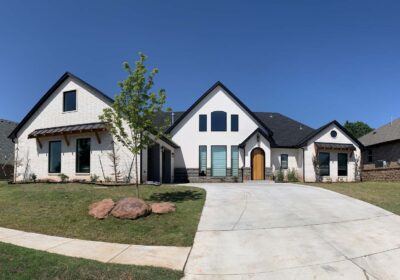Asked & Answered: ICF Myths, Half-Truths, and Misconceptions
[message type=”custom” width=”100%” start_color=”#eee” end_color=”#eee” border=”#ccc” color=”#333333″] Download the Brochure [download id=”13855″ template=”filename2″ align=”left”][/message]
Separate fact from fiction and dispel ICF Myths, Half-Truths, and Misconceptions.
ICFs are too expensive…
ICFs cost 3%-7% more on average compared to using traditional wood construction. This difference can be reduced by smaller HVAC requirements, energy-efficiency tax breaks, and lower utility bills.
ICFs are too complicated to use…
Building with ICFs is like any other technology. Make sure your ICF installer is well trained and is familiar with the product. ICFs, in general, are simple enough for DIY and even simpler than building with wood.
I can get the same efficiency with wood…
Wood structures can be built with high energy-efficiency ratings, but they cannot achieve the same low level of air infiltration or thermal mass ICF walls provide. ICFs also resist natural disasters like fire, earthquakes, tornadoes, high winds, and hurricanes, unlike wood structures.
Only underground safe rooms will protect my family…
This myth has been circulating for years in the media and has no basis in fact. Scientific testing at Texas Tech University and by FEMA proves that shelters built to FEMA guidelines are capable of easily withstanding an F5 Tornado.
ICFs are only good in really cold climates…
ICFs are excellent in all types of climates. They provide not only exceptional insulating value, but are safer, quieter, and disaster resistant. ICFs are future-proofed for tomorrow’s building codes today.
Concrete Houses are Ugly and unattractive…
ICF homes look like any other home. The outside uses the same brick, rock, stucco, or siding and the inside is even more inviting and comfortable. The only noticeable difference will be slightly deeper window sills and door jambs. Oh, and lower utility bills every month.




